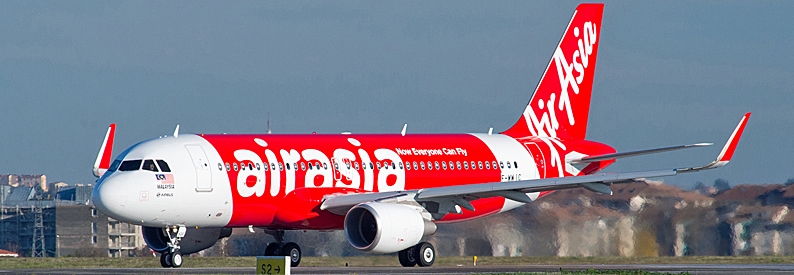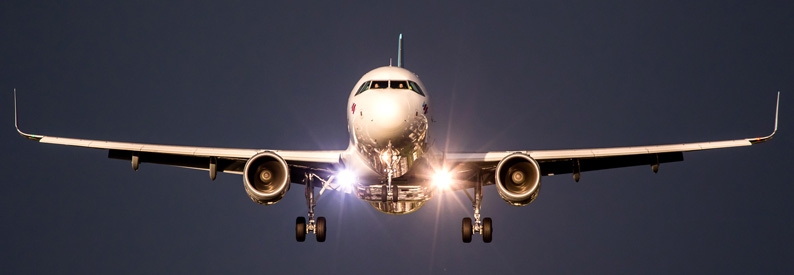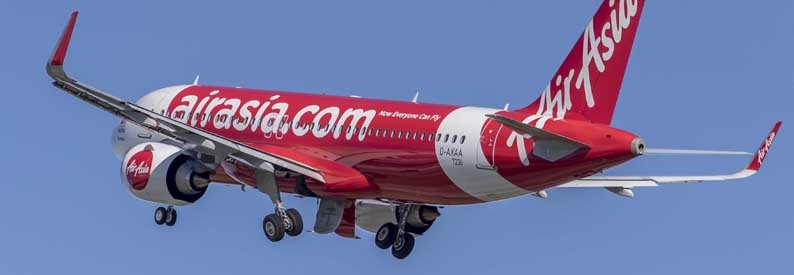Capital A, an investment holding company that owns multiple businesses, including the AirAsia and AirAsia X brands, plans to raise more than USD1 billion in debt and equity, according to the Financial Times.
The report says Capital A's CEO, Tony Fernandes, will use a special purpose acquisition company called Aetherium Acquisition that trades on the Nasdaq and intends to list several businesses through it in 2024. This includes a business extending the AirAsia brand to new markets and targeting entities wanting to start up an airline.
The liquidity raising plan, which Capital A is yet to confirm, is considered a test of investor appetite for Southeast Asian low-cost airlines and the Capital A business model, which is also heavily involved in the digital, aviation services, and logistic sectors. The Malaysian Stock Exchange (Bursa Malaysia) has also classified Capital A as a financially distressed (PN17) company since 2021, although Capital A is attempting to exit that status. Notably, Bursa Malaysia recently rejected a bid by AirAsia X to exit PN17 status.
Earlier this week, Capital A released third-quarter operating statistics for their businesses, which include AirAsia Malaysia, Thai AirAsia, Indonesia AirAsia, and Philippines AirAsia. In the three months to September 30, 2023, Capital A's airlines recorded average load factors of 89% and flew 14.7 million passengers on the back of a 16.5 million seat capacity on 152 operating aircraft.
"Consistent high travel demand post-pandemic has resulted in solid year-on-year growth with a three percentage point improvement in load factor, achieving close to 50% growth in passengers carried while seat capacity grew close to 45%. Year-to-date, the consolidated airlines have now recovered 76% of passenger volume from (the comparable 2019 period), surpassing overall capacity recovery of 73% for the same period," an October 25 statement from Capital A reads.
Capital A's other businesses include MOVE Digital (formerly AirAsia Digital), logistics business Teleport (which now has its first A321-200(P2F)), MRO firm Asia Digital Engineering, inflight service provider Santan, and an associate ground team company called Group Team Red (GTR).
Capital A's pivot towards partnerships with external companies is also attracting some attention because it is a noticeable shift in how the entity formerly did business. Recently, the AirAsia Aviation Group entered into a strategic partnership with the Garuda Indonesia Group, which includes an interlining agreement between AirAsia and Garuda Indonesia's low-cost subsidiary, Citilink (QG, Jakarta Soekarno-Hatta). There will also be significant cooperation between the logistics and MRO subsidiaries of both airline groups. It was the first partnership agreement of this type signed by the Capital A subsidiary.
Earlier this month, Teleport signed an agreement with SF Airlines (O3, Shenzhen) to cooperate on their networks to better capture cross-border e-commerce demand. Despite the uptick in activity in the airline arm of its business, Capital A has previously said it wants to break its "dependence on aviation" and increase revenues from its non-aviation companies to around 50% of its sales.






